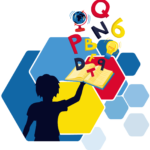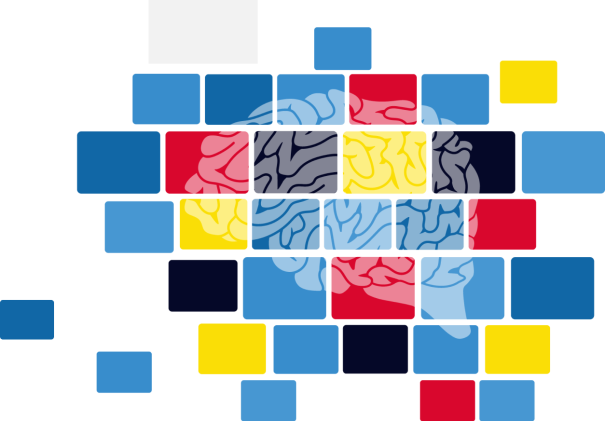Groundbreaking Reading, Math & Learning Interventions.
Turn dyslexia, dyscalculia & learning difficulties around.
Home- and school-based products and live online tutoring where students engage in development exercises and programs that have been expertly designed to overcome learning barriers. Book a free consultation.

Range of Programs
Play Video
Over 150,000 changed lives.
Alleviate the symptoms associated with dyslexia, dysgraphia, dyscalculia and ADHD.
Alleviate the symptoms associated with dyslexia, dysgraphia, dyscalculia and ADHD.
Before starting Edublox she was reading at a rate of 12 words per minute (and was reading very short passages), but she read the 667 words in this passage at a rate of 48 words per minute. That is a huge improvement in only 13 weeks!
Increase performance in reading, spelling, writing, math and learning.
Reading used to be so much work for him that he didn’t enjoy it and only read when he had to. Now he reads with ease and confidence.
Increase performance in reading, spelling, writing, math and learning.
Developed over 30+ years through scientific research and practical experience.
The Edublox Online Tutor programs and exercises were designed over more than three decades, and are based on sound pedagogical principles and neuroscientific research.



